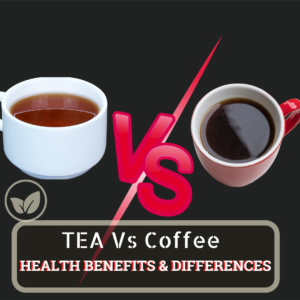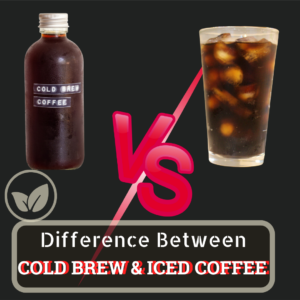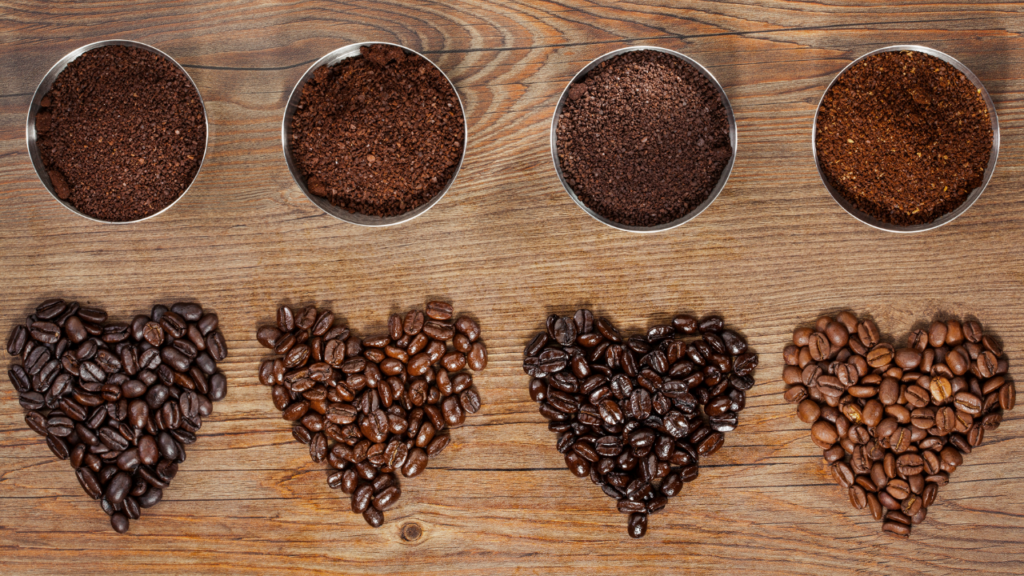The difference between cold brew and iced coffee is a question of the day. Coffee is an essential part of many people’s daily routines, and with the rise of cold brew and iced coffee, there are even more ways to enjoy this beloved beverage.
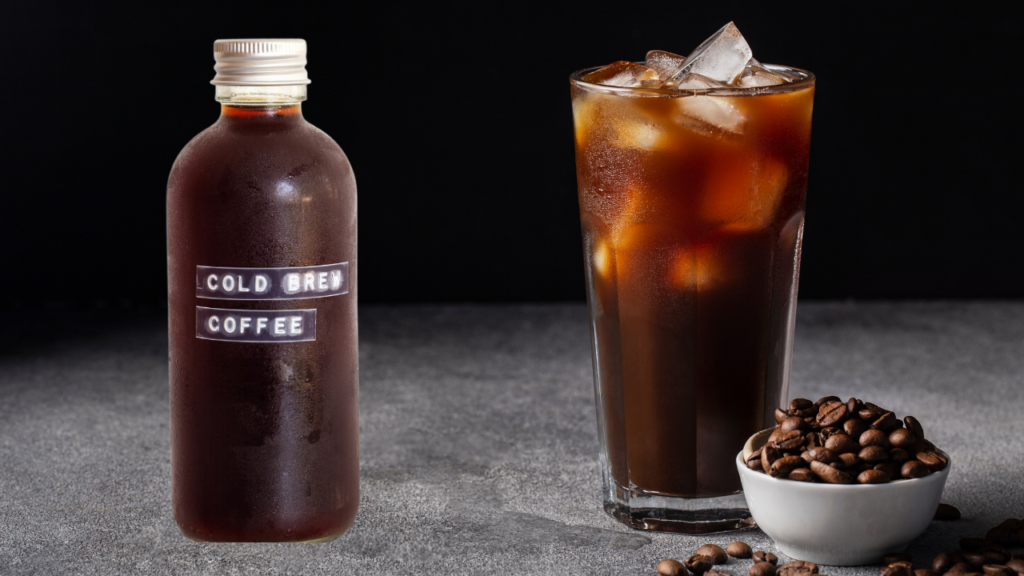
Cold brew and Iced Coffee
In this article, we explored the differences between cold brew and iced coffee, their taste and flavor profiles, and how to make them at home.
We also provided tips and tricks for making the perfect cup and examined the health benefits of both drinks.
Table of Contents
1. What is the Difference Between Cold Brew and Iced Coffee?
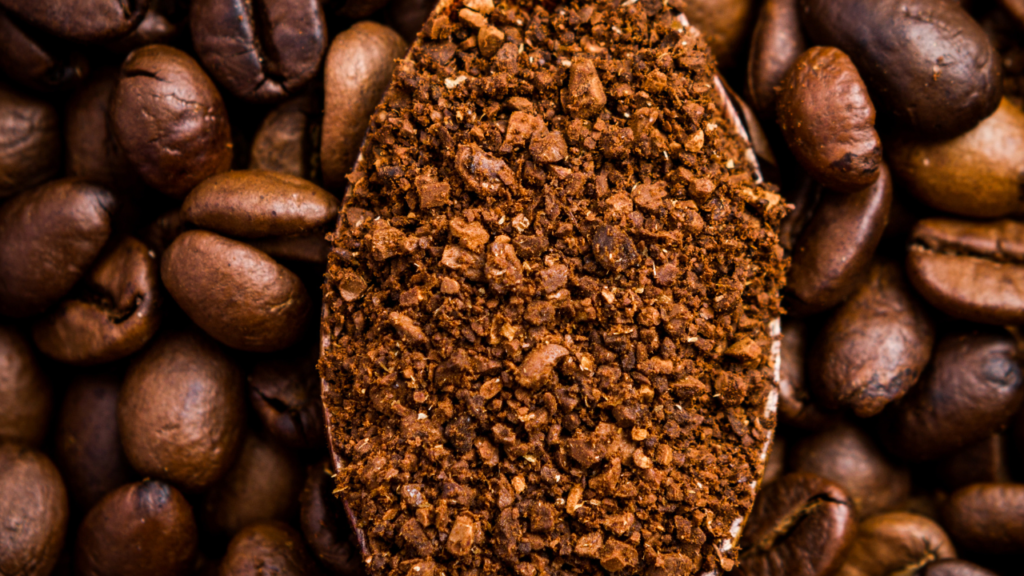
Coffee is used to make both cold brew and iced coffee, but they are different.
The process of making cold brew coffee is another difference between cold brew and iced coffee because it involves steeping coarsely ground coffee beans in cold water for a long time—typically 12 to 24 hours.
The result is a concentrated coffee that is creamier, less acidic, and less harsh than regular hot coffee.
On the other hand, making iced coffee involves adding ice to already-brewed hot coffee.
Iced coffee can be made using a number of different methods, such as pour-over, drip, and espresso-based methods.
Compared to cold brew coffee, it usually has a stronger and more acidic taste.[1]
2. Cold Brew vs. Iced Coffee: What’s the Difference in Taste and Flavor?
Both iced coffee and cold brew coffee have a unique taste and smell because of how they are made.
However, you can’t switch between the two types of coffee.
Cold brew coffee has a smoother texture and a lower level of acidity because acidic compounds are less likely to be removed when brewing with cold water.
When done this way, the resulting coffee is smoother, sweeter, and has a stronger flavor than iced coffee.
Iced coffee tastes stronger and more acidic than regular coffee because it is made with hot water and then left to cool down.
The heat speeds up the release of acids, which could make the final product taste more bitter and sour.
3. How to make cold brew coffee at home
If you are still reading, I assume you want to know how to make this coffee in the comfort of your home using a 1:4 ratio.
Without wasting much of your time, here are the steps to make cold brew coffee using a specific measurement of coffee beans:
Ingredients:
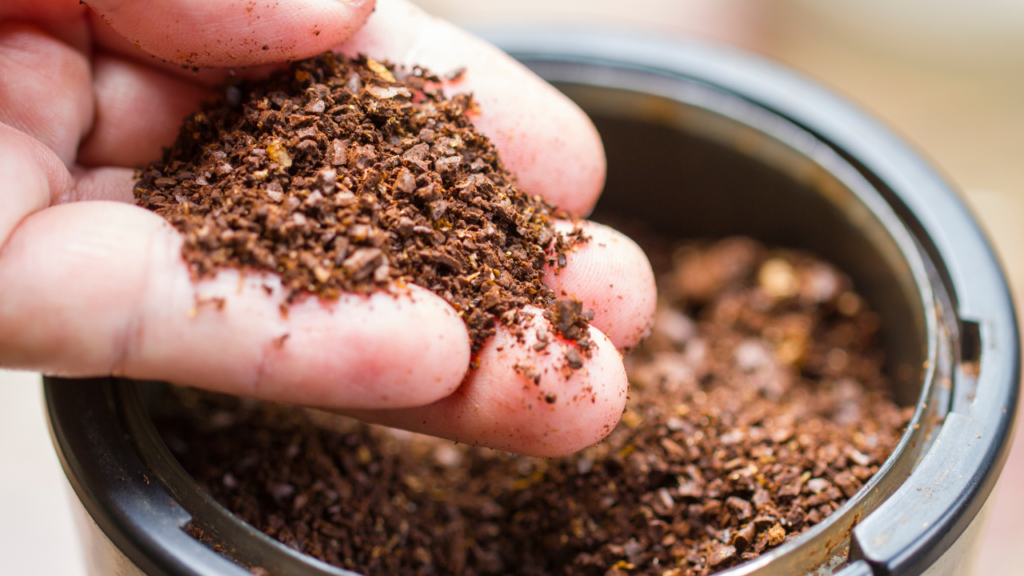
Coarse ground coffee
- 250 gram coarse ground coffee of choice
- 5 Cups of cold filtered water
- Milk or cream (optional)
- Sweetener (optional)
Equipment:
- Pitcher or jar with lid
- Fine mesh strainer or cheesecloth
- Coffee filter
Steps:
- Grind coffee beans in a coarse setting.
- Pour the coffee grounds into a pitcher or jar with a lid.
- Add 5 cups of cold water to the pitcher and stir well.
- Cover the pitcher with the lid and place it in the refrigerator for at least 12 hours, or overnight.
- After 12-24 hours, remove the pitcher from the refrigerator and stir the coffee mixture.
- Line a fine mesh strainer or cheesecloth over a coffee filter and place it over a clean pitcher.
- Slowly pour the coffee mixture through the strainer to filter out the grounds.
- Discard the grounds and the filter.
- Add milk or cream and sweetener if desired.
- Stir well and enjoy your homemade cold brew coffee!
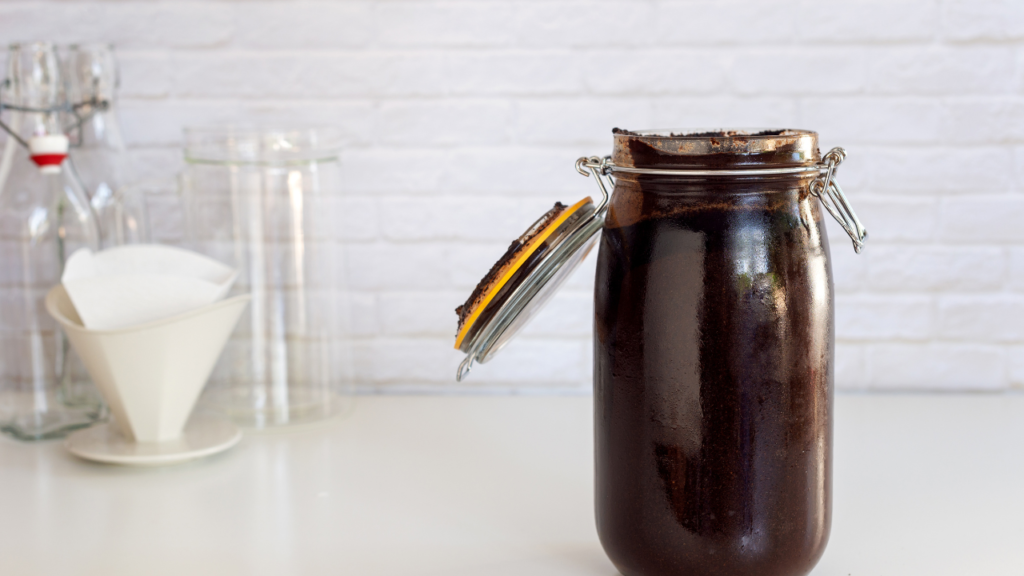
Cold brew coffee
Pro tip: Remember Use two to three times as much water as coffee if you brewed your concentrate at the 1:4 ratio.
Use two parts of water to dilute a 1:4 cold brew to a 1:8 ratio. Hence, for every 300 ml of beverage, you’ll need 100 ml of cold brew and 200 ml of water.
4. How to make iced coffee at home
On the other hand, if you would prefer iced coffee instead, follow these simple instructions to get yourself a flavorful iced coffee.
for 12 ounces of coffee. Let’s assume we are using the 1:16 golden rule. The following is what you will need:
Ingredients:
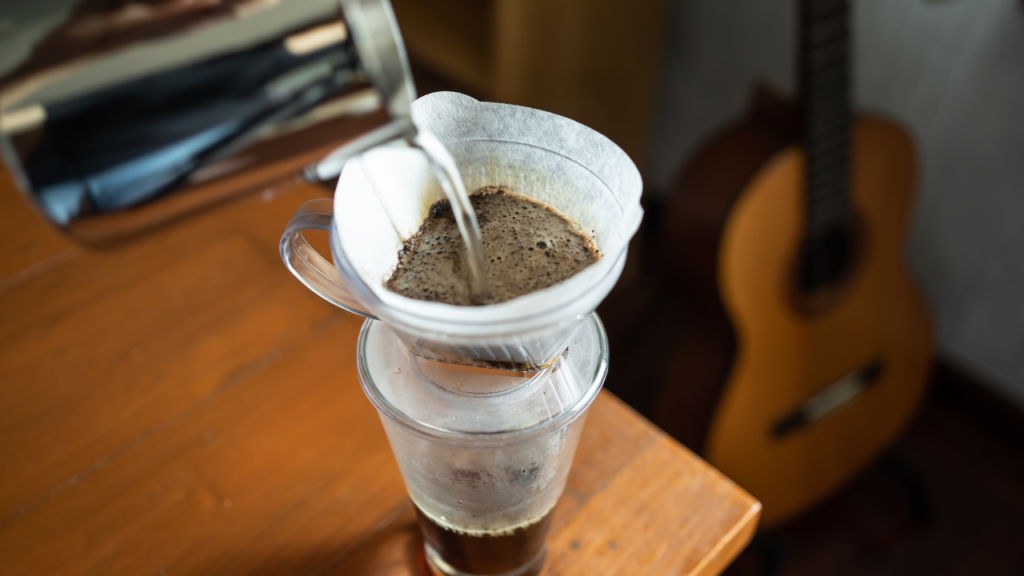
Coffee filter
- 25-gram coarse ground coffee of choice
- 1 cup of water (12 ounces)
- Ice cubes
Equipment:
- Coffee grinder
- Large measuring cup or pitcher
- Coffee filter
- Brewing device (e.g., French press, pour-over, drip coffee maker)
- Stirring spoon
- Glass or pitcher for serving
- Ice cube tray
- Optional: sweetener, cream, milk
Instructions:
- Grind the coffee beans to a coarse consistency using a coffee grinder.
- Pour the coffee in the brewing device
- Boil water to 200 degrees
- Slowly pour the water over the coffee grounds in the brewing device. Stir the mixture gently with a spoon to ensure that all of the grounds are evenly wet.
- Let the coffee bloom for 4-15 minutes. You can cover the brewing device with a lid or plastic wrap to prevent evaporation or contamination.
- After the blooming time has passed, carefully remove the brewing device and filter. You should be left with a concentration of coffee.
- Allow to seat out until it completely gets to room temperature.
- To serve, fill a glass or pitcher with ice cubes and pour the coffee concentrate over it. Add water or milk to taste, and sweeten if desired. Enjoy!
Pro tip: If you can, use filtered water to make the ice for your iced coffee. This will help ensure that the ice doesn’t affect the taste of the coffee.
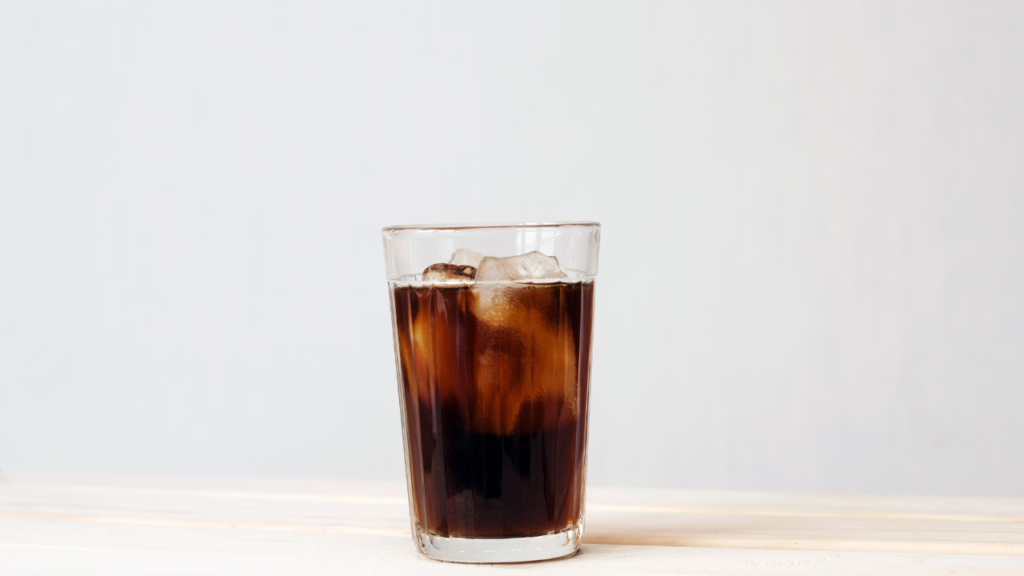
Iced coffee
5. Tips and Tricks to making a cold brew and iced coffee
The best possible flavor and quality of your cold brew or iced coffee can be achieved with the help of a few simple tricks.
Cold brew Tips & Tricks
- Choose the right water: Use cold, filtered water. Your morning brew might not taste as good if you use tap water because of the chemicals and other contaminants it may contain.
- Use a long steep time: Steeping time for cold brew is much longer than that for regular coffee. A window of 12 to 24 hours is optimal. If you like your coffee weaker, reduce the steeping time, but bear in mind that this can affect the flavor.
- Use a proper container: Make sure the container you choose can handle both the coffee grounds and the water. To do this, you can use either a French press or a Mason jar.
- Store in the refrigerator: The shelf life of cold brew coffee in the fridge is around a week. Keep it in an airtight container so it doesn’t pick up any fridge smells.
- Get the right ratio: Cold brew coffee is best when made with a 1:4 ratio of coffee to water (one part coffee to four parts water). This proportion can be modified to suit individual tastes.
Iced Coffee Tips & Tricks
- Start with quality coffee beans: If you use high-quality beans, your coffee will taste great. Choose recently roasted beans, and pick ones with a flavor profile you enjoy.
- Brew the coffee strong: You should brew the coffee for iced coffee at a higher strength than you would for hot coffee. This is because melting ice watered down the coffee. Generally speaking, one should brew twice as much coffee as one would for a hot cup.
- Use quality ice: Ice for iced coffee should be made using filtered water if at all possible. This will help keep the coffee’s flavor intact while the ice melts.
- Don’t overdo it with the cream: Too much cream, while adding richness to your iced coffee, might mask the coffee’s natural flavor. Use light cream or whole milk for the richer heavy cream.
- Add flavored syrups: If you want your iced coffee to have more flavor, try adding some flavored syrup to it. Flavors like vanilla, caramel, and hazelnut tend to sell well.
6. Cold brew vs iced coffee: Differences in the brewing method

The brewing method is the main difference between these two drink
Cold brew coffee is created by steeping coarsely ground coffee beans in cold water for an extended period of time, whereas iced coffee is created by brewing hot coffee and then chilling it with ice.
Cold brewing produces a smoother, sweeter, and less acidic coffee than iced coffee, which is stronger and more acidic.
7. Iced Coffee vs Cold Brew: Which Has More Caffeine?
Caffeine levels in cold brew coffee tend to be higher than in iced coffee due to the longer brewing period.
This, however, is highly variable depending on the coffee bean used and the water-to-coffee ratio.

Caffeine
The caffeine concentration of iced coffee prepared with espresso, a more concentrated form of coffee, is higher than that of iced coffee prepared with plain brewed coffee.
So, iced coffee’s caffeine concentration varies substantially depending on how it was brewed.
8. Cold Brew vs. Iced Coffee: Which One is Healthier?
When consumed in moderation, both cold brew and iced coffee can be beneficial to your health.
Some people find that cold brew coffee is easier on their stomachs because of its lower acidity.
In addition, the longer brewing period results in a higher concentration of antioxidants.
Yet, when prepared with black coffee and no sugar or cream, iced coffee can be healthier.
Nevertheless, if you add syrups, sweeteners, and milk to your iced coffee, you may be consuming a lot of unnecessary calories and sugar.
In the end, the ingredients and preparation of either beverage determine how healthy it is.
9. The Pros and Cons of Cold Brew and Iced Coffee
Cold brew coffee has become more popular in recent years because it tastes smoother and is less acidic.
Here are some pros and cons of cold-brewed coffee we must note while on the topic of the difference between cold brew and iced coffee:
Pros of cold brew
- Less acidity: Compared to hot coffee, cold-brew coffee tastes smoother and less acidic. This is due to the fact that the process of brewing coffee involves steeping the coffee grounds in cold water for an extended period of time rather than employing the use of hot water.
- Strong flavor: You can adjust the strength of cold brew coffee to your liking because it is more concentrated than hot coffee.
- Longer shelf life: Cold brew coffee is a great alternative for those who don’t want to brew coffee every day because it can be stored in the fridge for up to a couple of weeks.
- Versatile: Cold brew coffee can be served hot or cold, and you can add different flavors and sweeteners to make it your own.
Cons of cold brew
- Long brewing time: Cold brew coffee requires a time commitment, as it must steep for several hours before it can be consumed.
- Expensive: Cold brew coffee is typically more expensive than hot coffee, whether you get it from a coffee shop or a store.
- Strong flavor: Cold brew coffee has a bold flavor that some people love, but it can be too much for others.
- Requires special equipment: If you want to create cold brew coffee at home, you’ll need a French press or a cold brew maker.
During the summer, many people enjoy their coffee iced. Personally, sometimes in the afternoon, I prefer iced coffee as the body temperature is very high at that time of the day.
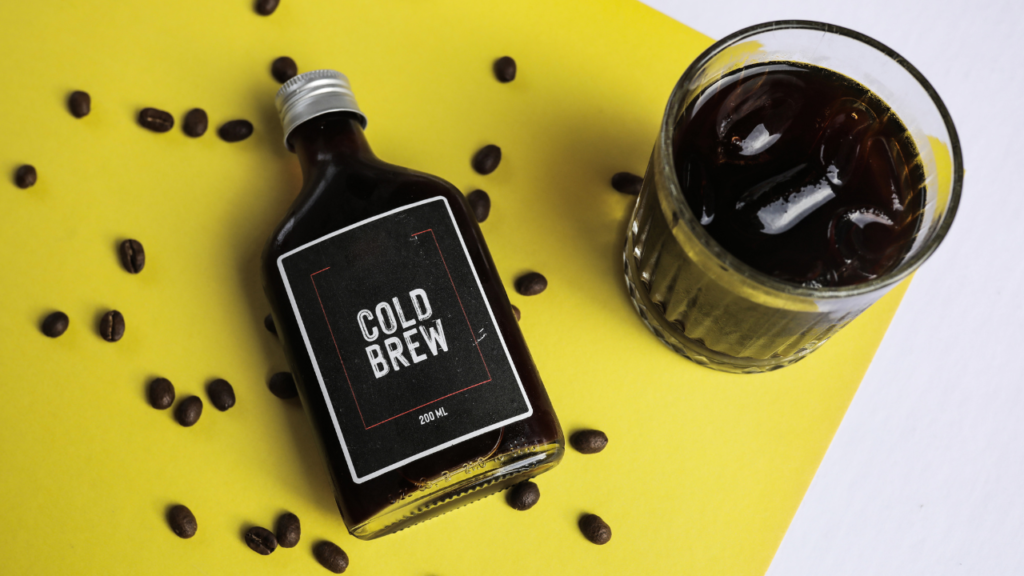
Cold brew coffee
Here are some pros and cons of iced coffee:
Pros of iced coffee
- Refreshing: Coffee poured over ice is a great way to cool yourself on hot days.
- Convenient: Iced coffee is widely available in coffee shops, making it a convenient pick-me-up for busy commuters.
- Customizable: Iced coffee is a flexible drink option because it may be prepared with different syrups and sugars to suit individual tastes.
- Quick to prepare: In contrast to the several hours needed to produce cold brew coffee, iced coffee can be made quickly by making regular hot coffee and pouring it over ice.
Cons of iced coffee
- Diluted taste: Coffee can get watered down and lose flavor as ice melts into it.
- Can be bitter: Too much caffeine or too long of a brewing time can cause coffee to develop an unpleasant bitterness.
- More acidic: Some people find that iced coffee is more acidic than regular coffee, which can lead to gastrointestinal discomfort.
- Not as long-lasting: Iced coffee, in contrast to cold brew coffee, has a shorter shelf life and is best served on the same day it is made.
10. Can you heat up a cold brew or iced coffee?
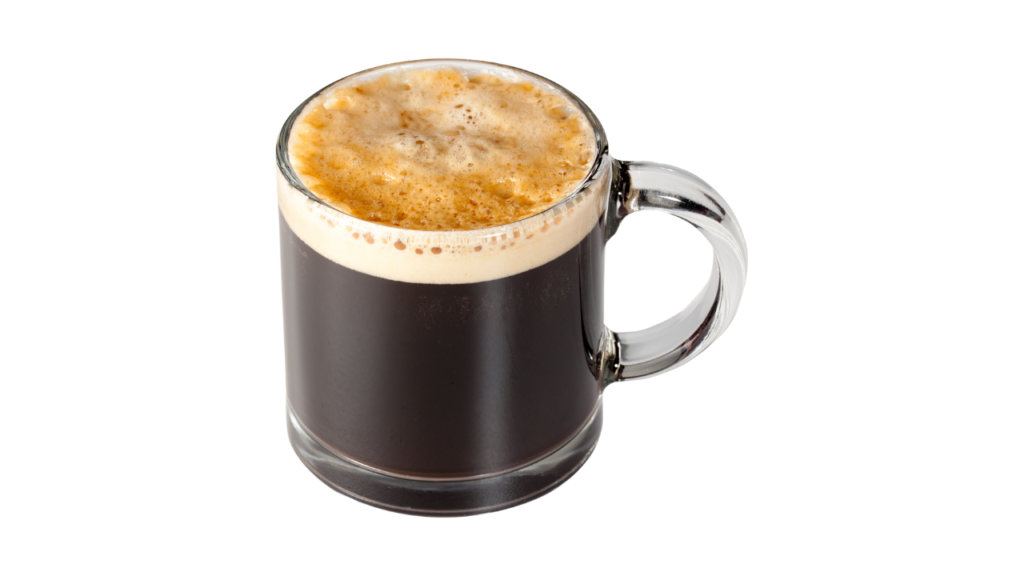
While it is possible to reheat cold brew and iced coffee, doing so may diminish their overall quality and flavor.
When cooked in a saucepan or microwave, cold brew coffee can become more acidic and lose some of its smoothness.
Heating an iced coffee can also work, although the dilution caused by the melting ice may leave the coffee tasting watered down.
11. Difference between cold brew and iced coffee-Can you freeze cold brew coffee?
The answer is yes, you can use coffee ice cubes made from frozen cold brew coffee.
You may keep cold brew coffee for later use by freezing it in ice cube trays.
Coffee ice cubes are a great way to enhance the flavor of iced coffee or blended drinks without watering them down.
12. Difference between cold brew and iced coffee – Conclusion on cold brew vs iced coffee
In a nutshell, to conclude the difference between cold brew and iced coffee. It’s important to note that cold brew and iced coffee are both popular coffee drinks, yet they are very different from one another.
Cold brew coffee is milder, sweeter, and less acidic than traditional iced coffee, which is more robust and sour.
In comparison to iced coffee, which can be made in a matter of minutes, cold brew coffee requires many hours to brew and yields a greater caffeine concentration.
The selection for cold brew or iced coffee boils down to individual taste.

